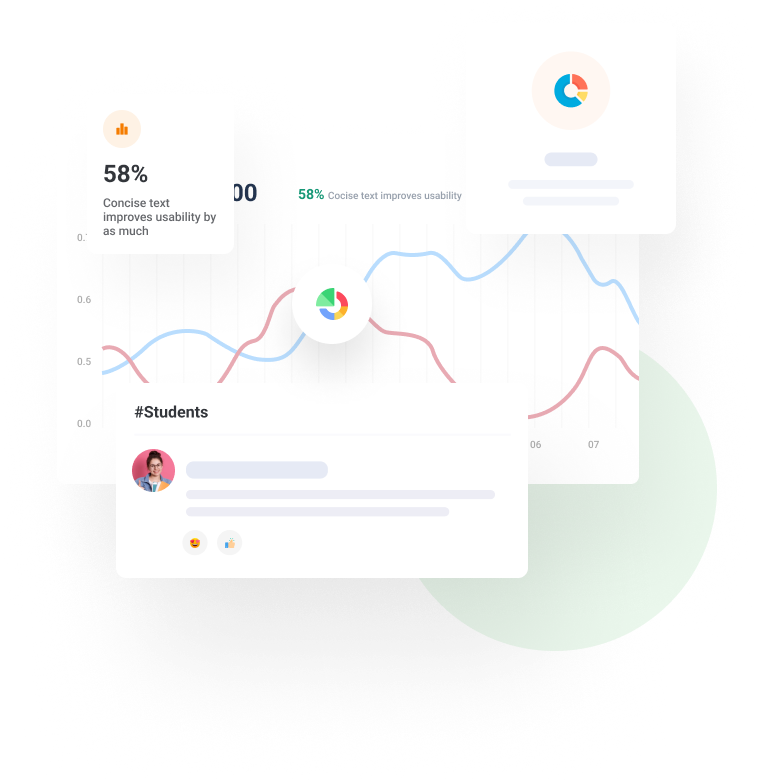Evaluating the benefits of adding interactive elements to traditional print mechanical engineering textbooks
Published American Society for Engineering Education, 2022
Authors
Ryan Barlow
Oscar Rios
James Eakins
Adrian Rodriguez
Even before the COVID-19 pandemic changed the methods of course delivery for many universities to
hybrid or online-only classes, engineering students did not tend to read the textbooks. Traditional print
engineering textbooks are typically dense and filled with practical information, but it is often difficult to
convey complex concepts using static figures. In order to give students a more beneficial experience,
several professors began writing interactive online textbooks (zyBooks) from scratch for introductory
computer science courses. These zyBooks included minimal text, with emphasis on conciseness balanced
with preciseness. Rather than explaining through text, animations and learning questions were created.
The purpose of these animations and learning questions was to allow the students to interact with the
textbook instead of just reading static text. The company that these professors founded, zyBooks was
purchased recently by Wiley, which made it possible to transform the existing print textbooks in the Wiley
library, beginning with mechanical engineering textbooks, into the interactive online format instead of
starting from scratch. For the first version of these new interactive textbooks (zyVersions), the text from
the original print book remains mostly unchanged but interactivity was added in the form of animations
and learning questions. The purpose of the animations was to clarify, add to, or replace the existing text,
figures, or examples from the print textbook. These animations include dynamic figures, images,
equations, and text instead of static visuals with which students cannot interact. The sets of learning
questions were added not as a summative assessment, but to promote student learning as a formative
assessment. Two of these zyVersions were adopted and used by approximately 1,200 students across 75
courses at over 50 different universities and colleges. Data was obtained on interactive participation
activities to understand student usage, student struggle, and student earnestness. This data is in the form of
several metrics: the percentage of first time wrong, the number of tries until correct, the time spent, the
percentage of students that struggle, and the percentage of students that give up. Preliminary results show
that students are engaging with animations and learning questions in the current interactive online
engineering textbooks. Qualitative data was also obtained in the form of a student survey and feedback on
the effectiveness of the interactive elements from students and professors.









